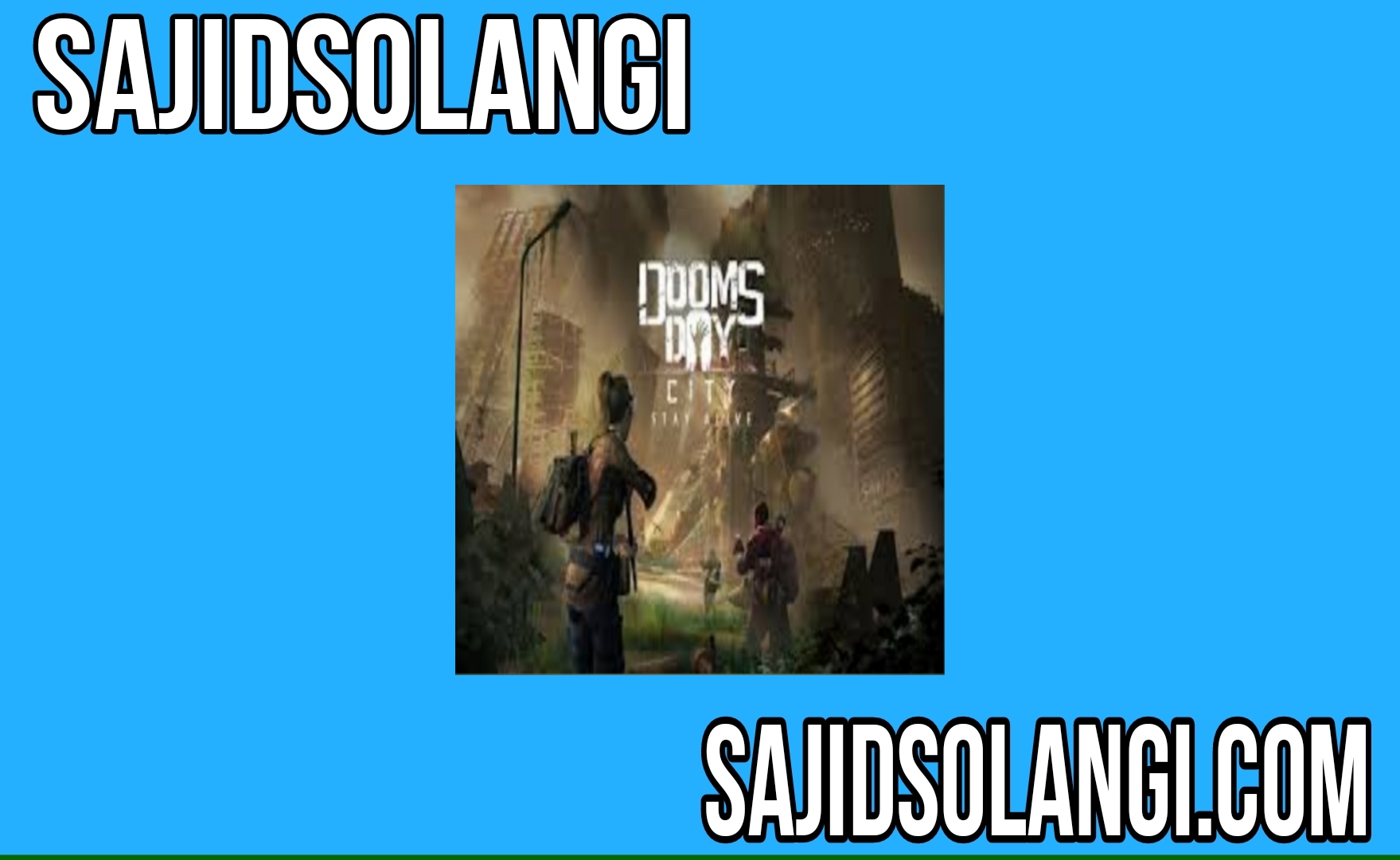Introduction
I’m sorry, but I’m not familiar with a specific entity or concept called “Doomsday City”.
Can you please provide me with more context or information so that I can better understand what you are referring to?
What is
I’m not aware of any specific city or place that is officially called “Doomsday City.” However,
the term “Doomsday City” generally refers to a hypothetical location or scenario where a
catastrophic event or disaster has occurred, rendering the city uninhabitable or destroyed.
This could refer to a wide range of events, such as a nuclear war, a massive earthquake,
a pandemic outbreak, or any other catastrophic event that could lead to the
collapse of society or the end of the world as we know it.
The term “Doomsday City” is often used in science fiction or post-apocalyptic literature and media to describe a setting where the
characters must survive and rebuild after a catastrophic event. In reality, the possibility of such an event is a topic of concern for
many scientists, policymakers, and members of the public who work to prevent and prepare for potential disasters.
What is usage of
The concept of a “Doomsday City” can have different usages depending on the context. Here are a few examples:
In fiction: Doomsday City is often used as a setting in post-apocalyptic novels, movies, TV shows, and video games.
It can serve as a backdrop for stories about survival, rebuilding, and exploring a world
that has been drastically changed by a catastrophic event.
In disaster planning: The term “Doomsday City” can also be used to describe a city or region that is especially vulnerable to a
catastrophic event. Disaster planners and emergency management professionals use this term to identify areas that require
special attention and resources to prepare for potential disasters and minimize their impact.
In scientific research: Scientists studying global catastrophic risks or existential risks may use the concept of a Doomsday City as a
hypothetical scenario to explore the likelihood and consequences of different
types of disasters, and to develop strategies to prevent or mitigate their effects.
Overall, the concept of a Doomsday City is often used as a way to explore the impact of
catastrophic events on human civilization and to encourage preparedness and resilience in the face of potential disasters.
How to download
As far as I know, there is no specific software or application called “Doomsday City” that can be downloaded.
If you’re referring to a game or a movie with this title, you may be able to find it on various online platforms such as Steam,
Google Play Store, or Apple App Store for games, or on platforms such as Amazon Prime, Netflix, or Hulu for movies.
However, please note that I cannot guarantee the availability or legality of any specific download related to “Doomsday
City”. It is important to always download content from reputable sources and to ensure that you have the necessary
permissions and licenses before downloading or using any copyrighted material.
How to use
As previously mentioned, there is no specific application or software called “Doomsday City” that can be used. However,
depending on the context of what you’re referring to, there may be different ways to
use or interact with the concept of a Doomsday City.
For example:
In fiction: If you’re reading a novel or watching a movie/show set in a Doomsday
City, you can use your imagination to immerse yourself in the story and explore the setting and characters.
In disaster planning: If you work in emergency management or disaster planning,
you can use the concept of a Doomsday City to identify vulnerabilities and plan for potential disasters.
This may involve analyzing the risks of various types of catastrophes, developing
evacuation and response plans, and coordinating resources and personnel.
In scientific research: If you’re a researcher studying global catastrophic risks, you can use the concept of a Doomsday City as a
hypothetical scenario to model and simulate the effects of different types of disasters on human civilization.
This may involve developing models and simulations to explore the consequences of
different disaster scenarios and developing strategies to prevent or mitigate their effects.
Overall, the usage of Doomsday City may depend on the specific context in which it is being used.
FAQs
As an AI language model, I can provide some frequently asked questions (FAQs) related to the concept of a “Doomsday City”:
What is a Doomsday City? A Doomsday City refers to a hypothetical location or scenario
where a catastrophic event or disaster has occurred, rendering the city uninhabitable or destroyed.
What are some examples of Doomsday scenarios? Examples of Doomsday scenarios include nuclear war,
natural disasters such as earthquakes or hurricanes, pandemics, and other
catastrophic events that could lead to the collapse of society or the end of the world as we know it.
Why is the concept of a Doomsday City important? The concept of a Doomsday City is important because it highlights the
potential risks and consequences of catastrophic events and underscores the
importance of disaster preparedness and resilience.
Is there a real Doomsday City? There is no specific city or place that is officially called Doomsday City”. However,
some cities or regions may be more vulnerable to certain types of disasters than others,
and disaster planners and emergency management professionals may use this
concept to identify areas that require special attention and resources to prepare for potential disasters.
Can a Doomsday City be prevented? While it may not be possible to prevent all types of catastrophic events,
there are steps that can be taken to mitigate their impact and increase preparedness and resilience.
This may involve developing evacuation and response plans, investing in infrastructure
and resources to reduce vulnerabilities, and working to address underlying factors that contribute to the risks of disasters



